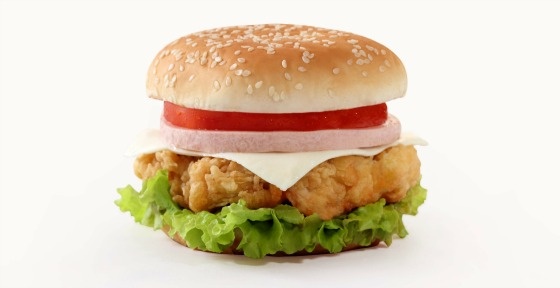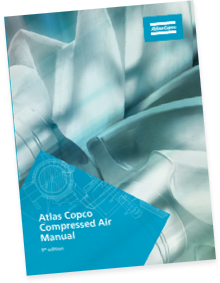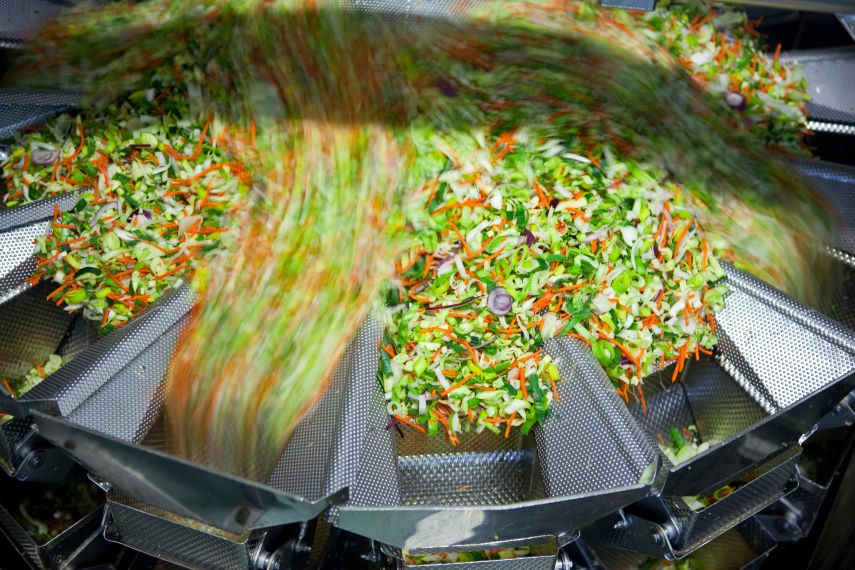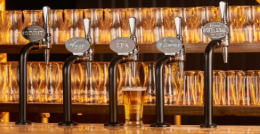Approximately 50.4 million kids returned to the halls of local public elementary, middle and high schools this month. It’s a time for reuniting with friends, tackling group projects, getting involved in clubs and sports, and looking forward to the all-important pizza day in the cafeteria.
Meal accessibility is perhaps one of the most vital jobs of any school, second to education. Each day, schools across the United States serve an average of 30.5 million meals. While 8.5 million of these are full price, 2.2 million are reduced and 19.8 million are free for students whose families qualify. For many children, the food they receive at school may be the only meal they eat that day.
But many schools don’t stop there. Some cafeterias serve breakfast before school and snacks during afterschool programs to further nourish students. Other schools even implement summer nutrition programs for kids who will not have adequate access to food outside of the school year.
The value of a hot meal for a hungry student cannot be underestimated. Without proper, nutritious food, students experience a range of negative effects, including a moody and irritable temperament, headaches and stomachaches, and difficulty comprehending and retaining information.
Getting children the food they need is no simple task, and the production, packaging, and even shipment of school lunches requires 100 percent oil-free air. Many of the foods used in cafeterias are prepackaged or frozen and come from factories that use compressed air. It’s essential that the air is free of any residual oil from compression, as it can end up in the food itself. While food-grade oil is available for lubrication, it is still not as safe as non-lubricated compressor options. With so much emphasis on student health and wellbeing, it’s essential that the air used in food production doesn’t introduce potential risks.
Because of increasingly strict nutritional standards, school lunches include lots of fruits and veggies. To keep them fresh and minimize oxidation (turning brown), nitrogen is used in the packaging process. By extending produce life, nitrogen allows schools to offer more healthy options with lower risk of food spoilage.
Back-to-school is an exciting time of year. Oil-free compressed air helps fuel students’ minds and bodies by removing risky lubricants from the compression process, keeping students full of nutrients – not hydrocarbons. Check out Atlas Copco’s range of Class 0 oil-free compressors ideal for the food and beverage industry, and contact an expert today to learn more.




